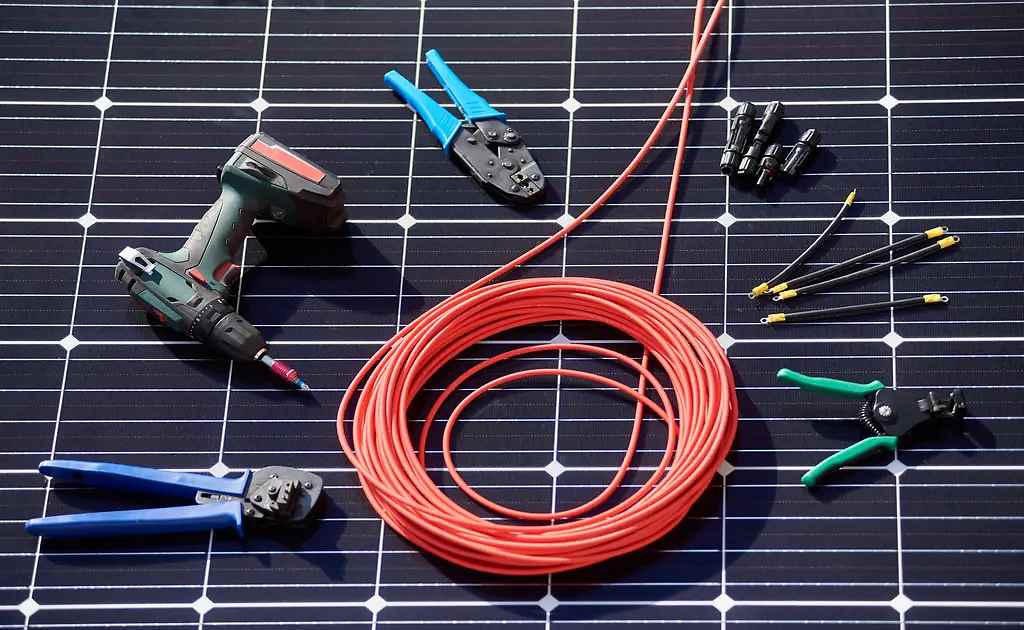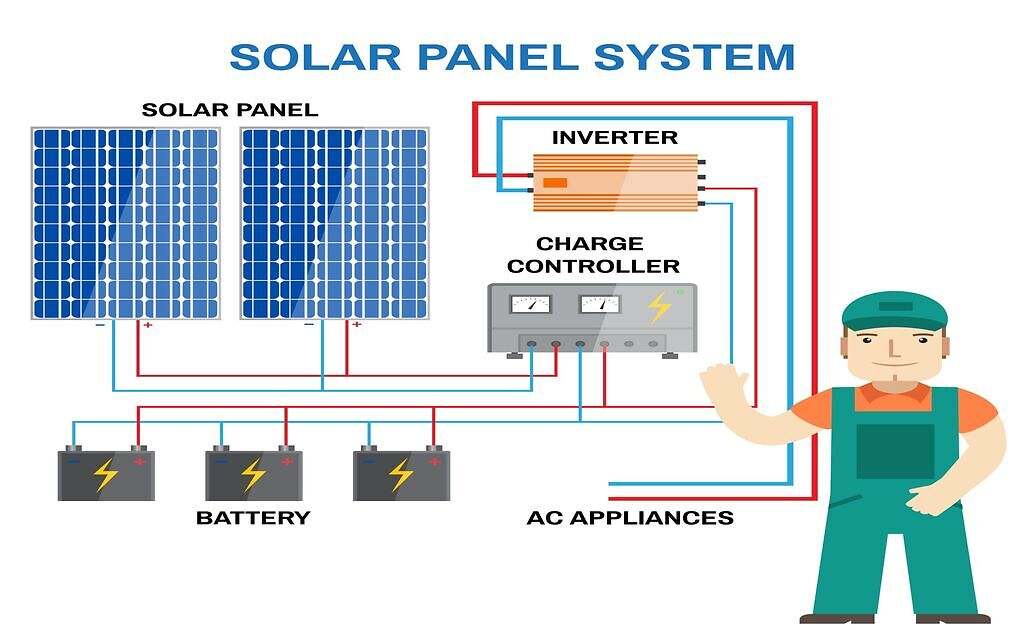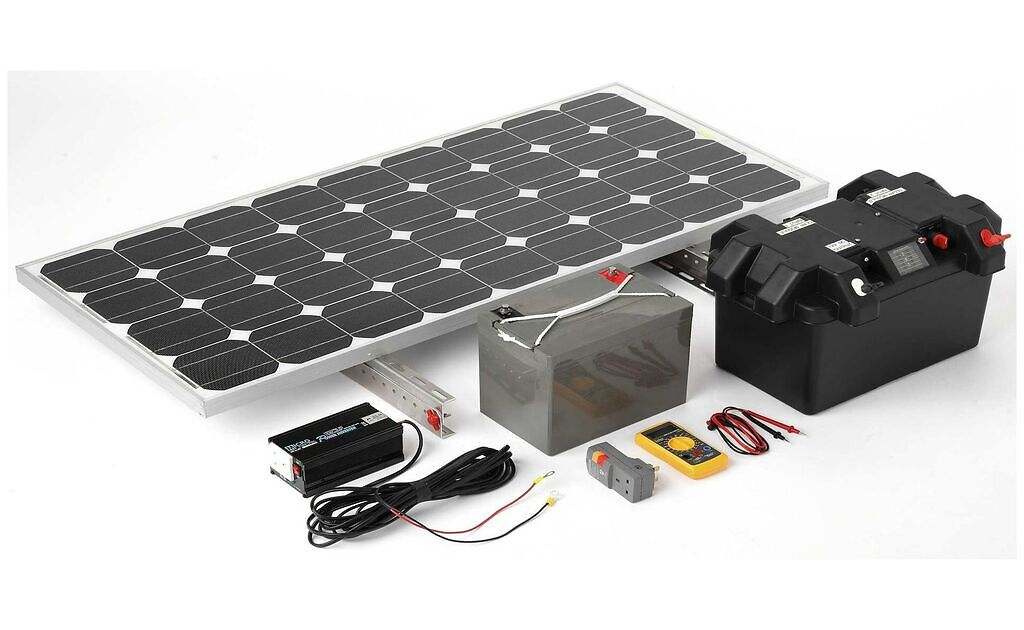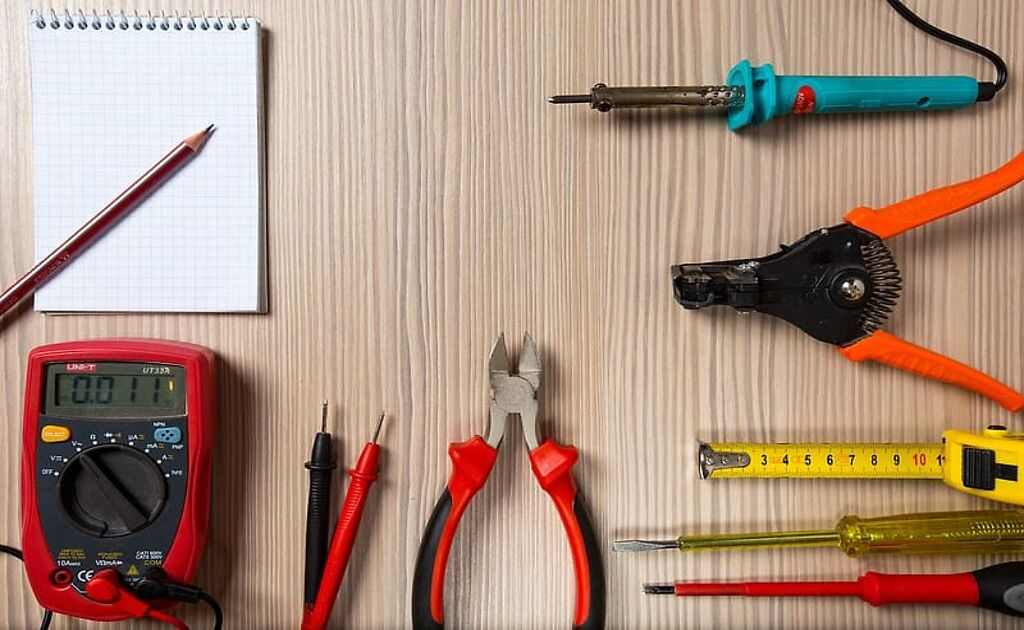Essential Solar Installation Tools And Equipment

If you're thinking about installing a solar panel system, you've certainly done some research on financing, tax advantages, and solar installers. However, you should also educate yourself on the solar energy equipment required to get your system up and operating. While the components of a PV system are basic, the various product options and brands may make the equipment selection process somewhat difficult. We'll break down everything from solar power equipment in order to best prepare you to choose your gear.
More and more people across the world are opting to build residential solar power systems. Their objective is to save money on electricity while reducing their carbon footprint.
So, what are the various components and types of solar panel systems? Do you have the ability to install solar panels yourself? Let's get started to find out the answers to these and other questions.
What Is A Solar Panel System?
A solar panel system is a group of solar (or photovoltaic) cells that may generate energy via the photovoltaic effect. On the surface of solar panels, these cells are arranged in a grid-like pattern. As a result, it may alternatively be defined as a collection of photovoltaic modules put on a structure. A photovoltaic (PV) module is a 6*10 solar cell packed and linked assembly.
These panels are extremely resistant to wear and tear. Solar panels degrade incredibly slowly. Their efficiency reduces by only one to two percent every year (at times, even lesser). The majority of solar panels are constructed with crystalline silicon solar cells.
Solar panel installation in residences aids in reducing harmful greenhouse gas emissions and so aids in the reduction of global warming. Solar panels produce no pollutants and are environmentally friendly. They also reduce our dependence on finite fossil fuels and traditional power sources. Solar panels are now utilized in a variety of electrical devices such as calculators, which operate as long as sunshine is available.
The only significant disadvantage of solar panels is their high cost. Solar panels are also mounted outside since they require sunshine to charge.
What Are The Types Of Solar Panel Systems?
Solar panel systems are classified into three types:
Grid-tied systems: The most common type of solar system; the home is connected to the grid so that it can use electricity from the utility when the solar panels do not produce enough energy to power the home.
Off-grid systems: They have no connection to the grid and rely exclusively on energy generated and stored on-site.
Hybrid systems: Also known as 'solar-plus-storage systems,' these systems combine solar panels with a solar battery to store energy for later consumption or during a power outage, and the residence is also linked to the grid.
What Are The Main Components Of Solar Panel Systems?

Solar Panels:
The solar panels themselves are the most important components of a solar power system since they generate the electricity! All solar systems, regardless of kind, will have solar panels. Solar panels are made up of silicon solar cells that are connected together to form solar modules.
LG, LONGi Solar, SunPower, and Jinko Solar are some famous solar panel brands. SolarReviews compiles a comprehensive, unbiased list of the world's greatest solar panel brands, considering factors such as cost, efficiency, and warranty.
Most solar panels installed nowadays are monocrystalline, however some homeowners still opt for polycrystalline panels to save money.
Solar Inverter:
Inverters are the devices that transform the direct current (DC) generated by solar panels into the alternating current (AC) required by dwellings.
Inverters are classified into three types:
String or centralized inverters: These are the cheapest, but they might be inefficient. This is due to the possibility of production loss if the roof is shaded.
Microinverters: These more costly inverters are fitted to each solar panel and enable smooth functioning even when some panels are shaded.
Power optimizers: These devices, which are installed in each panel, optimize the DC output of each PV module, which is subsequently routed to a string inverter for conversion to AC power. They cost less than microinverters but significantly more than string inverters.
Solar Racking:
Solar panels are not directly affixed to the roof. Panels are positioned on racking systems that are fastened to the roof and tilted to maximize solar exposure.
Net Meter:
If your utility supports net metering, a net meter is an essential component of solar systems that are linked to the grid.
If your utility provider provides net metering and you have grid-connected solar, with or without a battery, any solar power that you don't consume (or store in your battery) is transferred to the grid. Your utility will compensate you for the power you supply via net metering, which decreases your electric cost.
A specific electric meter known as a 'net meter' is necessary to keep track of how much power your solar panels produce vs how much electricity you use from the utility.
Off-grid solar systems do not require a net meter since they are not linked to the utility.
Solar Performance Monitoring:
A monitoring system will show you how much power is generated each hour, day, or year to evaluate the operation of your PV system. The device can also detect prospective performance changes.
Solar Battery Storage:
Solar batteries can be added to your solar system to store solar energy for later usage or for nighttime use. Storage batteries also enable a PV system to function when the power grid is unavailable. You must couple your solar panels with a solar battery if you want them to work during a power outage.
Solar energy storage is used in both hybrid and off-grid solar systems. Off-grid systems, on the other hand, require larger batteries because they do not have the grid to fall back on like hybrid systems.
Charge Controllers:
Charge controllers are exclusively used in solar power systems with battery backup. A charge controller is not required for grid-tied systems that do not use batteries.
Charge controllers are positioned between the solar panels and the battery to avoid overcharging and to guarantee that the battery is charged at the appropriate voltage level. Batteries may catch fire if overcharged, thus a charge controller is crucial for ensuring the safety and longevity of your battery system.
Top 5 Solar Installation Tools And Equipments:

The rapid evolution of technology is one of the most exciting aspects about working in the field of solar energy today. In recent years, innovation and research have helped the sector finally reach its stride, as solar PV efficiency has skyrocketed while costs have dropped considerably from where they were ten years ago. Fortunately for solar installers, as technology evolves, many of the instruments used in solar installation stay similar. Let's take a look at the top five must-have tools that your solar field crew must have on hand!
Solar Panel Hanger:
The solar panel hanger, one of the most recent additions to the solar industry, is an incredible idea that provides for a smooth and simple way to hold and place panels when on a rail. The hanger fits on the railway and allows a solar panel to be mounted securely and effectively square to the rail for a seamless installation. Furthermore, by using this hanger, solar installers will be able to eliminate the need to manage a 50-pound cell, as well as the risk of the panel falling off a steep roof.
Battery Operated Drill:
A battery-powered drill may appear easy, but you'd be shocked how many solar firms still use corded drills on the job site. A strong and efficient battery-powered drill is an essential equipment for every solar worker. A drill will be your workers' closest buddy on the job site, from erecting railings to fastening transmission lines.
Solar Panel Design Software:
Solar panel design software automates solar system design, allowing solar contractors and organizations to give their clients rapid, easy, and accurate quotes. Some software lets you simulate the layout as well as the performance of a solar power plant system. This simplifies and accelerates the engineering, design, and sales processes, which is essential for large-scale solar systems with complicated topographies. A solar panel design software's extensive data and analytic capabilities enable project developers and designers to take advantage of economies of scale and maximize their return on investment.
Some of the most popular solar panel design tools that solar PV installers use are:
- ARKA 360
- Aurora Solar
- Helioscope
- PVSyst
- Open Solar
PV Tester:
The solar business has always required excellent testers, and with so many outstanding alternatives on the market, you are sure to discover the ideal PV tester. If you can provide your solar field employees with a tester capable of correctly measuring the power quality emitted by the cells. Some of the more sophisticated solutions on the market provide in-field reporting and remote measurements to provide your team with the most up-to-date information while on site.
Cable And Connector Tools:
Naturally, the solar sector requires electrical tools, and one of those things is crimping pliers. These traditional pliers will enable a person to rework and install electrical wires without fear of electrocution. Plus, if you're seeking to acquire a pair of pliers, some amazing solar-specific sets will put your team up for long-term success.
Fall Protection:
Fall safety equipment is essential if your solar field team is operating on rooftops or at any height. Fall protection equipment includes harnesses, ropes, and, of course, helmets to guarantee that everyone on your job site is safe. Many start-ups do not emphasize fall prevention in their inexperienced field crews, which can lead to catastrophe. We all make errors, no matter how experienced we are, and when that mistake is on a roof, it may cost you your life if you are not outfitted with fall protection.
What Are The Most Essential DIY Solar Installation Tools?
Digital Multimeter:
A photovoltaic system converts light into energy utilizing semiconductors in the solar panel. The proper multimeter can assist you in confirming the quality of power emitted by each cell. A digital multimeter combines the functions of an ohmmeter, an ammeter, and a voltmeter. This gadget can also aid with solar panel maintenance and repair.
Battery Operated Drill:
Although battery-powered drills are easy, you'd be amazed how many professional solar panel installers still use corded drills. A battery-powered drill, on the other hand, is portable, efficient, and strong enough to do all of the drilling duties on the roof. A battery-powered drill, according to Your Energy Blog, can make labor simpler while minimizing the risk of falling off the roof.
Hack Saw:
Remember that the solar panels will be supported by rails that you will place on your roof. As a result, you'll need to cut the rails before or after you've done putting the panels. A hack saw is inexpensive and simple to operate, and you may use it in future DIY projects.
Flat Pry Bar:
The flat pry bar is a less common but highly useful tool for installing solar panels. Because most roofs contain shingles, a flat pry bar will be required to assist you move the flashing beneath it. Remember to put the mounts directly on the roof or behind the shingles. After lifting the shingle to the precise location where you want to attach your mounts, slip in the flashing and screw the mounts into the roof before adding the rails.
Screwdrivers:
Your screwdriver set is an essential equipment that you will need during the installation procedure. This is due to the fact that screws will hold the complete solar panel in place on your roof. So the first thing you'll need to tighten are the large screws that secure the mounts to the roof. During the wiring process, the screwdrivers will come in helpful.

Wire Cutters:
After the panels are mounted on the roof, you will need to either hire an electrician or handle the wiring yourself. As a result, make sure you have the proper wire remover and cutter to assist you with the wiring process. With the correct stripper and cutter, you can complete the wire task in the lowest amount of time.
Solar Panel Hanger:
This is a simple and seamless technique for holding and positioning the panels while they are on the rail. Solar panel hangers are an essential equipment for anyone who intends to install panels. This tool rests on the tracks and allows you to securely position the panels on the rail. The solar panel hanger can avoid the need to manage a 50-pound cell as well as the risk of your panels collapsing.
Bottom Line:
Solar energy is a clean, renewable energy source that has decreased dependency on natural gas, coal, and oil for power generation. This is due to the fact that it is ecologically friendly and has assisted many homes in lowering their utility expenses.
However, for some homeowners, the initial cost might be rather significant. However, the various advantages outweigh the stress of paying high monthly electricity costs. And installing the solar panels yourself is one of the finest methods to cut the cost of the complete installation procedure.

